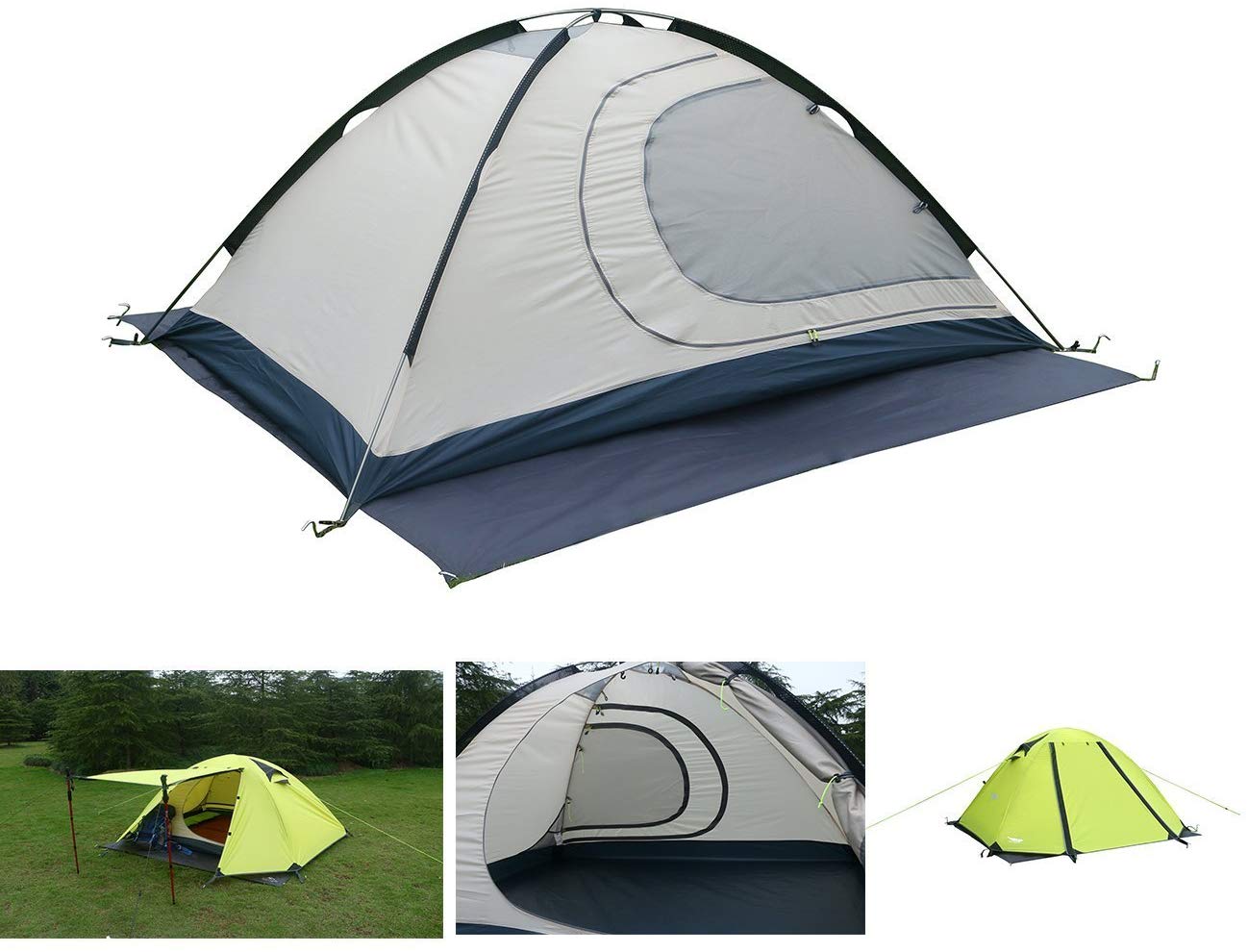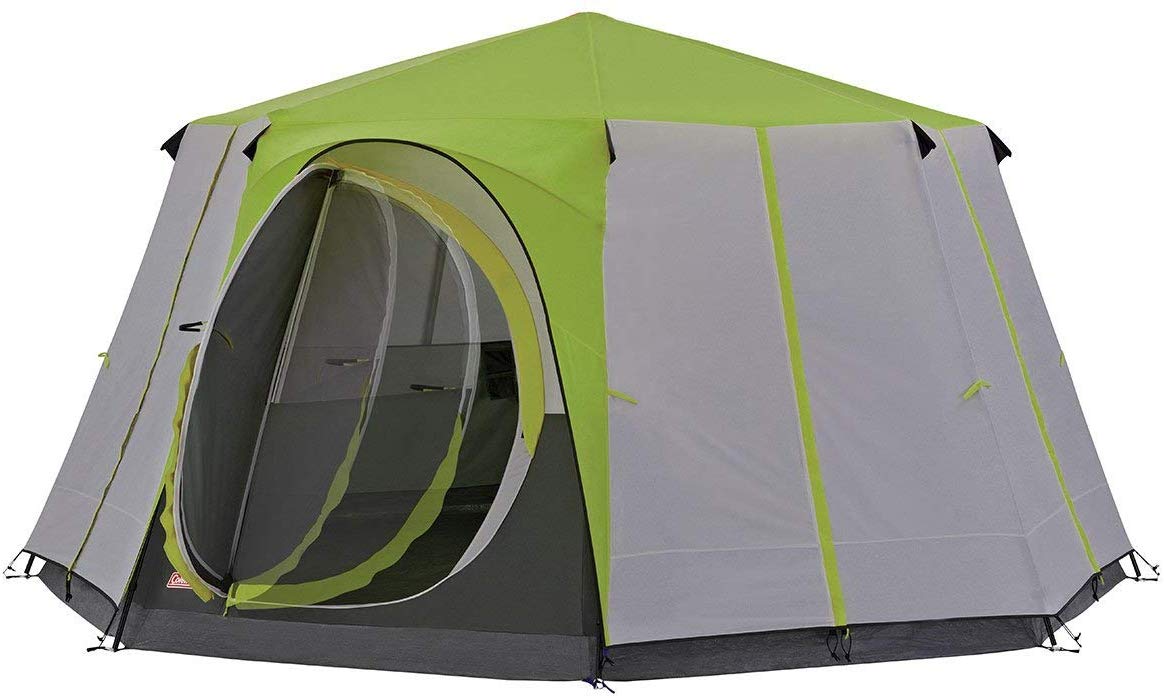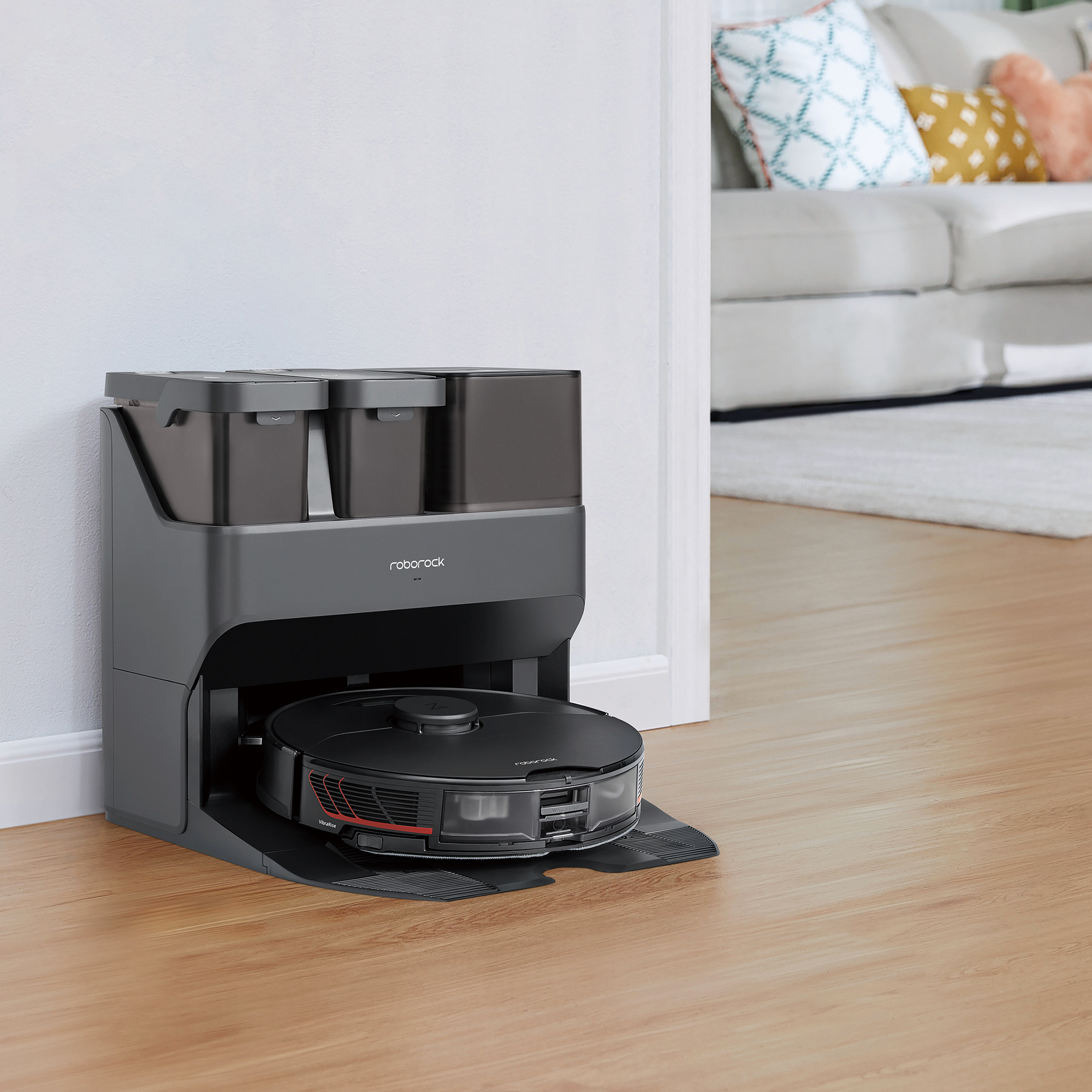When it comes to tents, you really are spoilt for choice. Certainly, as camping remains ever popular, numerous manufacturers are lining up to offer different tents to suit the many different requirements that people have but it can make choosing the right one rather tricky.
From the outset, you need to know what you want from a tent. How many people are likely to be sleeping in it? What equipment will you be taking along with you and how much room are you likely to need inside your tent to store it? Will you be carrying the tent on your travels or will you be driving to a campsite?
Such questions will determine, first of all, how big your tent should be and, secondly, the ideal weight you think you could cope with. Consider inflatable poles to reduce the weight since steel poles, while proving to be the most study, are considerably heavier. Fibreglass poles can be easily damaged so bear that in mind, too.
From there, you can begin to consider the other features that will make for a comfortable night for all, with weather-proofing being one of the main considerations given that it will prove to be your only refuge and protection from the elements.
In terms of waterproofing, you're looking to the tent's Hydrostatic Head – a rating that indicates how well it copes with rain (1,000 is the bare minimum but look for 3,000 for decent protection). At the same time, you should consider how well the tent will cope in the sun. For a good all-rounder, a two-season tent will suffice.

If you're backpacking, then you'll be paying great attention to every gram of weight that you're carrying. As such, you may consider swapping practicality for comfort but with ultra-lightweight tents, but you don't necessarily have to. Tents such as the Big Agnes Fly Creek HV UL2 give you a good amount of room thanks to steep walls and decent head height but, crucially, they offer a packed weight as light as 879g (1lb 15oz). This particular tent has a featherlite pole system and uses light plastic clips to attach the tent body. It is also weatherproof, ready to pitch and comes with a dry-entry vestibule to keep the interior dry as you go in and out.

Chances are your tent is going to see some changeable weather so you'll want one that can cope with almost anything Mother Nature can throw at it. One of the basic requirements will be a tent that won’t let the rain in and generally those that have folded seams and double stitching will ensure decent protection. The Coleman Sundome Tent, for instance, uses a patented system called WeatherTec which has leak-free seams, fully-taped rainfly seams, weather-resistant fabric and waterproof floors. It also has a wind-strong frame which should withstand gusts of up to 35 miles per hour while blocking 90 per cent of sunlight and helping to protect against UV damage when the weather gets better.

It is important that a tent is well ventilated otherwise it can become too stuffy, warm and prone to condensation. Simply having windows or a large door that can be opened during the day can be enough but you should also watch out for tents that have a good amount of mesh to increase the airflow. Vents in the roof, for example, will allow heat to escape.
In such a case, consider a tent such as the Luxe Tempo two-person offering which is made from 210T breathable polyester and has double-layered doors for high-low cross ventilation. It comes with a mesh roof and should protect against condensation and humid outdoor conditions while allowing air to circulate better inside.

When the weather is starting to turn, or if it's late or if you're tired, the last thing you'll want to do is whip out some instructions and try to figure out how to put your tent up. Likewise, if you're a camping novice, at a festival or have kids in tow, you'd be better served with a pop-up tent.
Models such as the Quechua Pop Up can be assembled in no time at all – in this case, in just two seconds as the writing on the side of the tent suggests. An easy guide system allows the weatherproof fabric to fold up and down with ease and it also comes with the benefit of an interior blackout coating which'll ensure a good night's sleep.
Some people worry that wind will blow a pop-up away which is why, like with the Quechua, you should check for durability. Luckily, this one can withstand wind of up to 50 miles-per-hour.

If you're driving to your campsite or can carry some extra weight, then the bigger the tent the better. In fact, look at the number of people who can sleep in a tent: if there are two of you, then perhaps go for a three-person tent because that way, you'll have room to store your kit. Some tents will have storage pockets and areas for your items and you could get a tent with a porch for extra room, too. In general, though, go a size up for a near-guarantee of comfort.
One tent that shouldn't pose any size problems is the Coleman Octagon tent, which ticks a lot of boxes not only in terms of space but also with the other features mentioned in this article. It can hold up to eight people and it has six large windows and a mesh roof for ventilation. It is also entirely waterproof with a groundsheet that is sewn in. What's more, a large extra room can be partitioned and it is possible to stand up throughout.




